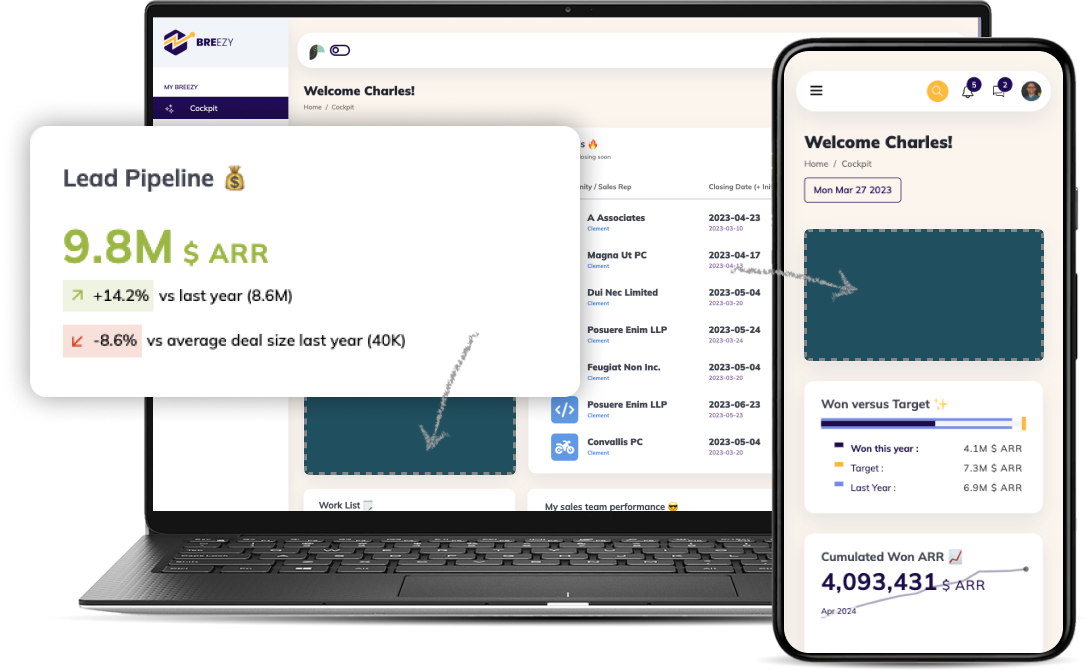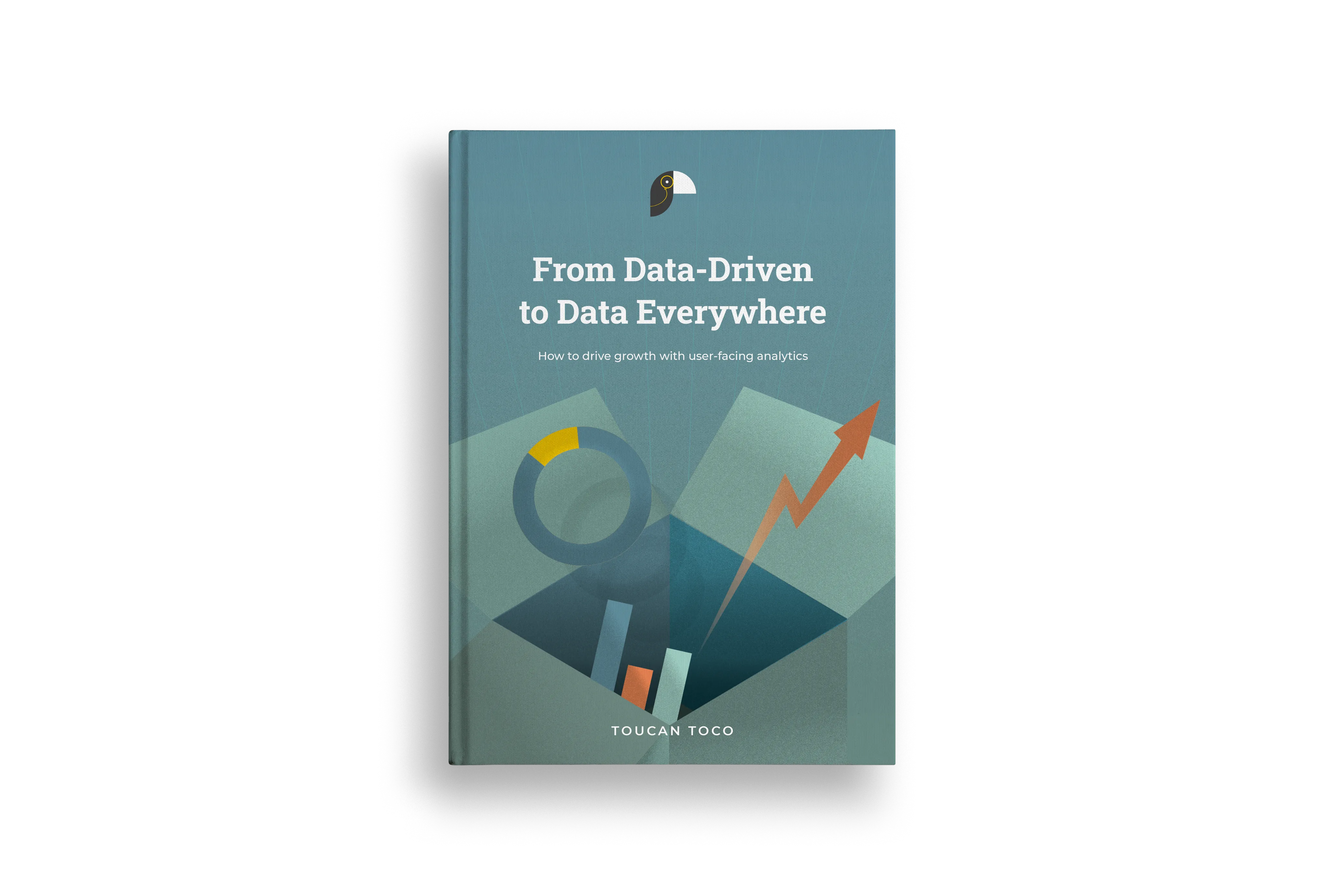What is Cloud-Based Embedded Analytics?
Cloud-based embedded analytics can merge analytics capabilities with your company’s existing applications and platforms, enabling data-driven decision-making in real time. They offer many benefits for businesses, particularly those that are smaller in size or independently operating.
However, like other technologies, cloud-based analytical solutions also present some challenges. This article will explore some of the benefits and challenges of adopting them, plus helpful tips for successful implementation!
Seven Top Benefits of Cloud-Based Embedded Analytics
Cloud-based embedded analytics offer a multitude of amazing benefits. Here are seven ways adopting this innovative technology can help streamline your business operations:
1. They Offer Enhanced Scalability and Flexibility
Cloud-based embedded analytics provide an enhanced method of accommodating fluctuating data levels and user demands. Traditional on-premises systems can typically struggle to handle these spikes in data, which leads to performance issues and downtime. Cloud-based solutions can automatically scale digital resources up or down, ensuring smooth operations even during periods of fast growth or seasonal shifts in data requirements.
2. They Harness Real-time Analytics For Your Operation
Another incredible advantage of cloud-based embedded analytics is their ability to perform real-time data analysis during your operations (including day-to-day ones!). Armed with the most up-to-date information, your business will be able to make quick decisions that are grounded in accurate insights.
Whether it's monitoring customer behavior, tracking inventory levels, or evaluating marketing campaign performance, real-time analytics can help empower your organization to better respond to changing scenarios in more efficient ways.
3. They Offer Increased Cost-Effectiveness and Operational Efficiency
Besides just real-time insight, cloud-based solutions can also help eliminate the need for traditional on-site hardware and infrastructure. This reduces upfront capital expenditure and helps your business avoid the ongoing costs of maintaining and upgrading these systems, which can quickly get very expensive! Shifting to an operational expenditure model often results in significant cost savings and streamlined operations.
With cloud-based analytics, Off-site providers manage all of your company’s infrastructure, ensuring key metrics and maintenance such as:
- Optimal performance
- Security
- Software updates
- Troubleshooting and user queries
4. They Allow Your Team To Harness Data More Efficiently
In the past, implementing embedded analytics has involved substantial effort and revamping for many businesses. Cloud-based solutions provide pre-built tools and integrations, which significantly accelerate the deployment process. Your business can quickly integrate analytics into your existing applications and platforms without the need for any extensive coding (or other specialized) knowledge. This allows you to gather and convert data faster than ever before.
5. They Offer Your Operation Access to Advanced Features
Cloud-based embedded analytics often come with an array of advanced features and capabilities. These features typically include technology such as:
- Machine learning algorithms
- Predictive modeling
- Data visualization libraries
- Customized solutions
With the help of these analytical tools, your business can derive deeper insights from your data and gain an edge over industry competition.
6. They Create an Improved User Experience
Cloud-based embedded analytics also greatly enhance your team’s user experiences by integrating analytical capabilities into existing applications. Team members can access insights without switching between different tools or interfaces, leading to a more cohesive and efficient workflow. This integration not only boosts productivity but also encourages wider adoption of analytics across your organization.
7. They Enable Global Accessibility and Collaboration
Cloud-based solutions enable access to analytics from anywhere with an internet connection. This global accessibility fosters collaboration among geographically dispersed teams. Whether your team members are working from different offices or remotely, they’ll be able to collectively analyze data and collaborate on key strategic decisions.
From increased operational efficiency to improved collaboration, the advantages of cloud-based embedded analytics make it an unbeatable tool for any organization passionate about harnessing the full potential of data-driven strategies!
Five Challenges in Cloud-Based Embedded Analytics
While cloud-based embedded analytics offer numerous advantages, they also do present some challenges that are prudent to be aware of. Here are five of the most common challenges that businesses face when adopting cloud-based embedded analytics:
1. Data Security and Privacy Concerns
The integration of analytics into cloud-based applications must involve plenty of careful consideration of your business’s data security and privacy. Storing sensitive data off-site can quickly lead to unauthorized access and devastating data breaches. Your business must implement security measures (like authentication mechanisms) to safeguard valuable company data. You must also ensure compliance with data protection regulations (such as GDPR or HIPAA) as violations can result in costly legal repercussions.
2. Integration and Data Connectivity Complexities
Cloud-based embedded analytics often means your team members are integrating data from various sources, such as:
- On-premises databases
- Cloud storage
- Third-party APIs
Ensuring seamless connectivity and data synchronization can be time-consuming since this data often exists in different formats or structures. These technological hiccups can lead to frustrations between team members or delays in extracting data.
3. Performance Optimization and Latency Mitigation
Optimized experiences for your team members allow them to efficiently retrieve analytics. Cloud-based environments may have performance issues. This is typically due to factors like data processing delays. To ensure seamless user experiences, digital platforms will need to be optimized by managing cloud resources appropriately and working to fine-tune queries.
4. Change Management and User Adoption
Integrating analytics into your existing applications often means your team will need to learn new interfaces and workflows. Resistance to change or unfamiliarity can often be understandable. However, it can also oftentimes slow the adoption of new tools.
To overcome this challenge, your company should provide comprehensive training and helpful resources to help facilitate these changes. Effective communication and a healthy company culture are key to helping ensure new tools are properly adopted.
5. Vendor Lock-in and Long-term Viability
Becoming overly dependent on one specific vendor's ecosystem can lead to what is known as vendor lock-in, which makes it very tough to switch to another provider (or even adopt a hybrid solution). Assessing the long-term viability of the chosen cloud platform and understanding the potential challenges of migrating or integrating with other systems is a key step that helps your operation avoid getting trapped in a single vendor's ecosystem.
The adoption of cloud-based embedded analytics brings about its own set of challenges that organizations need to address. However successful navigation of these issues allows your company to unlock the full potential of cloud-based embedded analytics while minimizing risk.
Five of the Best Practices for Successful Implementation
Implementing cloud-based embedded analytics requires a strategic approach to ensure its success. Here are five tips for a successful implementation!
1. Select the Right Cloud Platform and Provider
Always begin by choosing a reputable cloud provider that is suited to your business’s specific needs. Check out user reviews or case studies in your industry to help gather insights to help you make a decision. Prioritize scalability to accommodate growing data needs, ensuring that the platform can seamlessly handle increased user demand.
Don’t neglect security concerns either! Make sure your chosen provider adheres to stringent data protection standards and all compliance requirements.
2. Data Quality and Governance
Successful implementation also hinges on accurate and consistent data. Establish data quality standards and governance mechanisms to maintain data integrity throughout the analytics process. This involves:
- Defining data sources
- Ensuring data accuracy
- Establishing clear processes
- Transformation
- Enrichment
Remember, reliable data is the foundation for meaningful insights and informed decision-making.
3. Robust Security Measures
Security should be embedded into every layer of your cloud-based embedded analytics solution. Implement strong encryption mechanisms to protect data both in transit and at rest. Role-based access controls should be enforced to restrict data access based on user roles and responsibilities. Conduct regular security audits and vulnerability assessments to identify and address these potential risks promptly.
4. Performance Monitoring and Optimization
Continuous performance monitoring helps provide a seamless user experience. Implement monitoring tools to handle key tasks such as:
- Tracking system performance
- Ensuring prompt query response times
- Managing your resource utilization
Any bottlenecks or latency issues should be promptly identified and addressed. Optimization strategies (such as query optimization and caching mechanisms) should be employed to enhance responsiveness.
5. User Training and Support
User adoption is integral to the success of embedded analytics. Provide comprehensive training to your team members to help familiarize them with the new analytics features. Clear documentation and user-friendly interfaces can do much to facilitate this process. Consider also establishing a responsive support system to address user feedback and to help troubleshoot potential issues.
Premium Cloud-Based Embedded Analytics with Toucan
To successfully deploy cloud-based embedded analytics, careful planning and adherence to best practices are required. Security and performance metrics should also be continuously monitored to help mitigate and minimize risk. With this technology, your organization can leverage powerful real-time insights and use this powerful data to build a successful and competitive operation.
Interested in learning more about what cloud-based embedded analytics can do for your business? Toucan is an industry leader in digital insights and cloud-based solutions. We offer seamless, integrated embedded analytics that helps your business drive growth. Click here for a demo and see our amazing analytics in action today!





